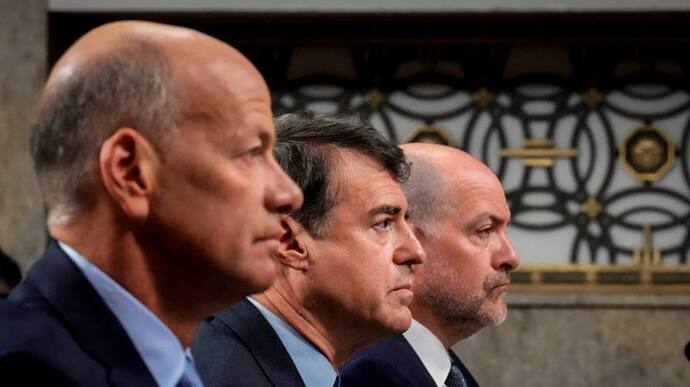Introduction
The Federal Reserve System, commonly referred to as the Fed, is the central banking system of the United States of America. It is responsible for conducting monetary policy, supervising and regulating banks and other financial institutions, and maintaining the stability of the financial system in the United States.
History
The Fed was created in 1913 through the Federal Reserve Act, which was signed into law by President Woodrow Wilson. The Act was a response to a series of financial panics and bank failures that had plagued the United States during the late 19th and early 20th centuries. The goal of the Fed was to create a more stable and reliable financial system by centralizing control of reserves and implementing a system of regulations and oversight.
Structure
The Fed is made up of three main components: the Board of Governors, the Federal Reserve Banks, and the Federal Open Market Committee (FOMC).
The Board of Governors consists of seven members who are appointed by the President of the United States and confirmed by the Senate. Members serve for staggered 14-year terms, with one term expiring every two years. The Chairman of the Board is also appointed by the President and serves a four-year term.
The Federal Reserve Banks are regional banks located throughout the United States. There are 12 total, each covering a specific geographic area. These banks are responsible for implementing monetary policy, regulating and supervising banks and other financial institutions, and providing services to depository institutions within their respective regions.
The FOMC is responsible for setting monetary policy in the United States. It is composed of the seven members of the Board of Governors and five of the 12 Federal Reserve Bank presidents, who serve on a rotating basis.
Functions
The Fed has several key functions, including:
Monetary Policy: The Fed is responsible for setting monetary policy in the United States. It does this by using several tools, such as adjusting the federal funds rate and buying or selling government securities on the open market. The goal of monetary policy is to promote price stability and full employment.
Regulation and Oversight: The Fed is responsible for regulating and overseeing banks and other financial institutions in the United States. It does this by setting standards for safety and soundness, conducting examinations and inspections, and taking enforcement actions when necessary.
Financial Stability: The Fed is also responsible for maintaining the stability of the financial system in the United States. This includes monitoring and assessing systemic risks, providing liquidity to the financial system during times of stress, and coordinating with other regulators and central banks to address potential threats to the financial system.
Services to the Public: The Fed provides several services to the public, including processing payments and currency distribution and acting as a lender of last resort to banks and other depository institutions.
Controversies
Over the years, the Fed has been the subject of several controversies. Some critics of the Fed argue that its policies have contributed to economic instability, while others argue that its actions have been influenced by political pressure.
One common criticism of the Fed is that it is too secretive and lacks transparency. Critics argue that the Fed should be more open about its decision-making process and disclose more information about its operations.
Conclusion
The Federal Reserve System plays a critical role in the U.S. economy and financial system. Its functions touch upon many aspects of economic policy and regulation. While the Fed has been the subject of criticism over the years, it remains an important institution in the United States and continues to be a key player in promoting economic stability and growth.
Disclaimer
6do Encyclopedia represents the inaugural AI-driven knowledge repository, and we cordially invite all community users to collaborate and contribute to the enhancement of its accuracy and completeness.
Should you identify any inaccuracies or discrepancies, we respectfully request that you promptly bring these to our attention. Furthermore, you are encouraged to engage in dialogue with the 6do AI chatbot for clarifications.
Please be advised that when utilizing the resources provided by 6do Encyclopedia, users must exercise due care and diligence with respect to the information contained therein. We expressly disclaim any and all legal liabilities arising from the use of such content.













